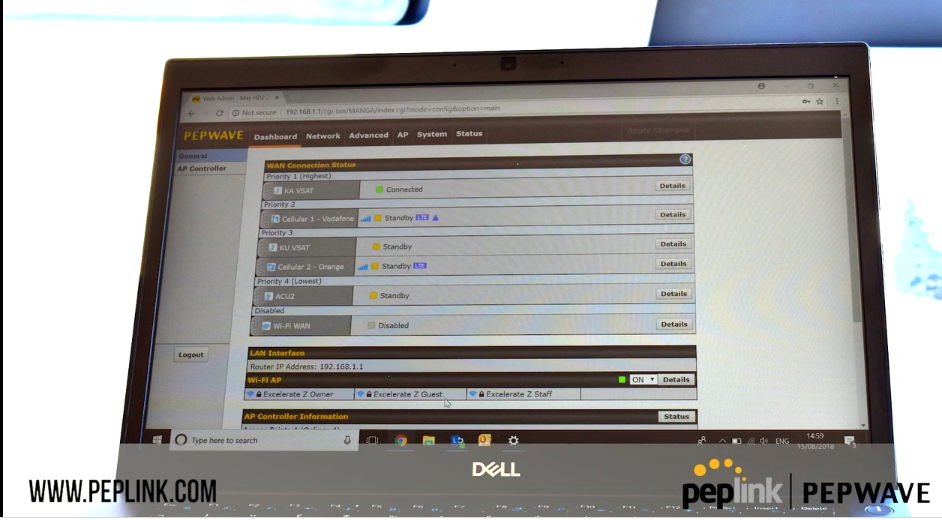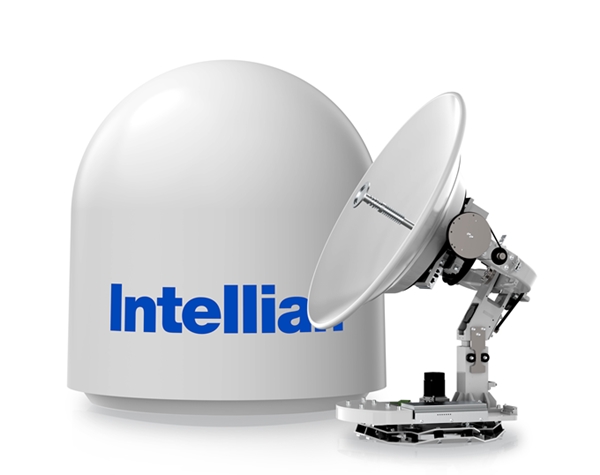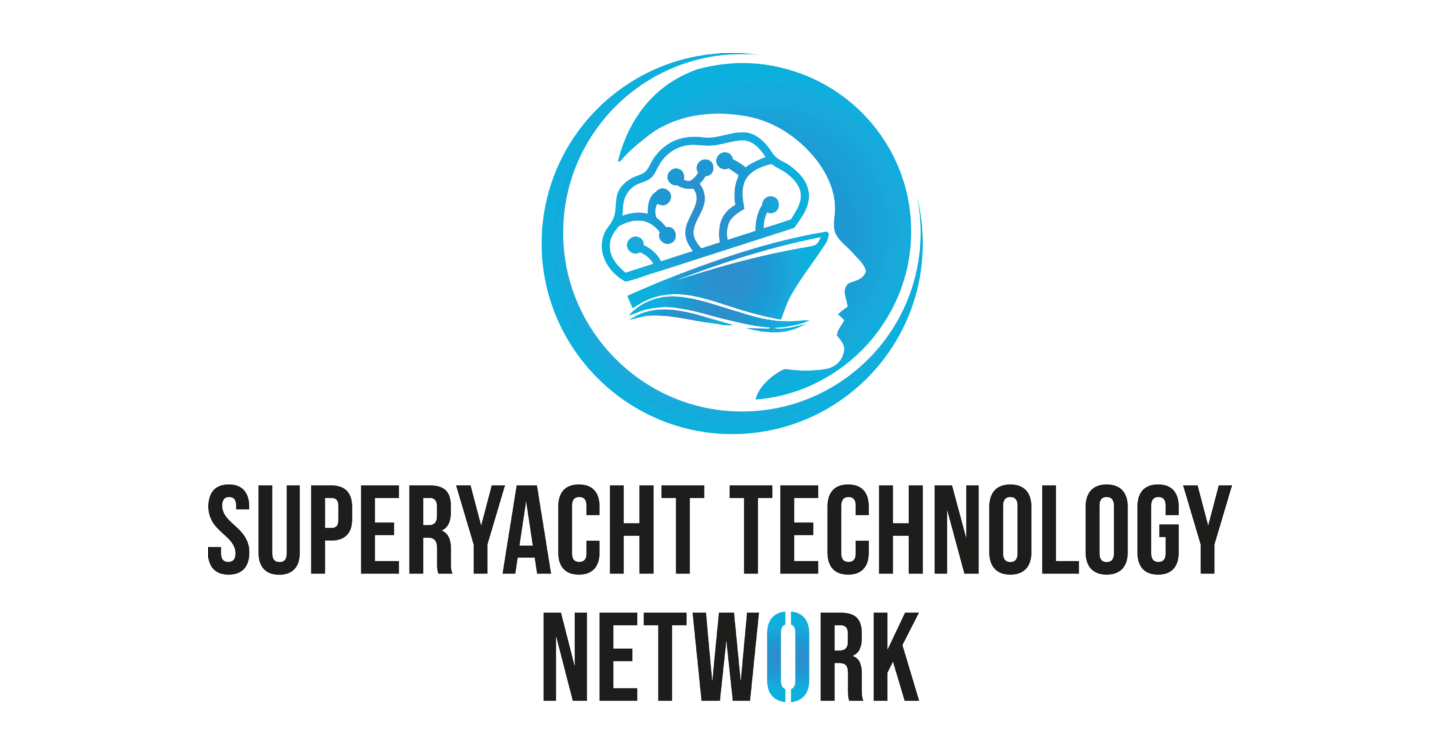5G is the biggest buzzword of the day in the mobile industry, in large part because mobile carriers are investing heavily in it and want us to share their excitement. In the satellite world, the buzz is about low Earth orbit or LEO constellations. We are often asked at Speedcast whether these two technologies will provide a dramatic change in the services, capacity and pricing we can offer customers. The answer is, it depends.
What We Expect From LEO
Low Earth Orbit (LEO) constellations will bring terrestrial broadband connectivity to every corner of the globe; with a similar experience on a ship that you could get in your office. This will be a game-changer in the industry enabling a boom of opportunities not currently available to customers operating on GEO solutions. Telesat, SpaceX, and OneWeb have all begun putting satellites in orbit to bring this service to customers in the very near future. While they all have their differences, one thing that is consistent is there will be more bandwidth available and it will have low latency.
Latency is a big deal and moving a satellite service to latency equivalent to those of terrestrial networks is a monumental shift in satellite service offerings. Many applications like ERP systems are designed to work on terrestrial networks and struggle to – or just won’t – work on GEO satellites. This important feature of a connection has been physically impossible to date due to the sheer distance from Earth that satellites have operated from, and bringing them closer has opened many possibilities.
GEO and MEO satellites still have their place in the market. The end-state will be a world with all three options available to customers and each solution with its own niche in the market. For applications where latency is acceptable, GEO will continue to be a viable solution for many years. What you will see is some market cannibalization from GEO/MEO services as LEOs come online, but I think more importantly you will see new markets emerge that have just not been possible with today’s technology solutions.
What We Expect from 5G
The 4G and 5G waveforms are based on TDMA (time division multiple access) architecture, which shares capacity among users by slicing up time into narrow segments. The mobile providers have invested billions in developing the waveform, so it is very advanced. But it serves a different role in the communications mix. Installed on a remote site for local connectivity, it will outperform private LTE and Wi-Fi. If you are operating a well or mining camp on land in an area served by 5G, it will offer very powerful and cost-effective connectivity with very low latency. For vessels operating nearshore where 5G is available, it can provide a big boost in bandwidth over 4G/LTE. But it will not have the global reach of satellite, and it is not designed to provide the kind of committed information rate that some mission-critical applications in energy and other industries require.
By William Mudge, Director of Satellite Capacity and Technology, Speedcast







